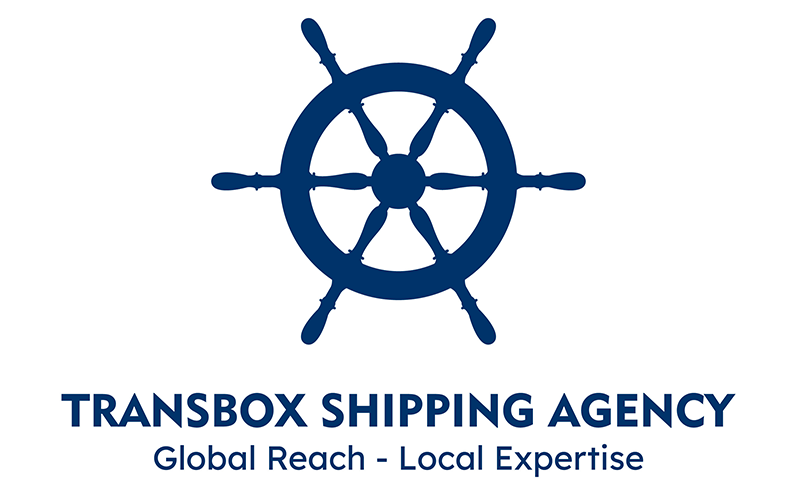| MAERSK TO TEST NORTHERN SEA ROUTE WITH NEW BOXSHIP |
|
Danish industry major A.P.Moller Maersk is about to send a containership through the Northern Sea Route as part of a test run aimed at collecting scientific data. The route is becoming ever more appealing to the shipping industry, especially to the oil and gas sector, as it is much shorter than the Suez Canal. It is gaining on importance amid the reduction of ice in the Arctic and the design of new ice-breaking commercial vessels, which have made the transportation of abundant Arctic natural energy resources commercially viable. “We plan to carry out a one-off trial passage of the Northern Sea Route from East to West by passing the Bering strait on or around September 1, 2018 and planned arrival in Saint Petersburg by end September. The vessel will be one of our new ice class container vessels of 3,600 TEU,” the company spokesperson confirmed to World Maritime News. Reports from various media outlets said that the ship designated for the trip is Venta Maersk, which will head out from Vladivostok via the Bering Strait to St. Petersburg with a cargo of frozen fish. The voyage will start once the company gets the all-clear from Russian authorities following their evaluation of ice conditions. Maersk’s boxship will be provided with ice breaker assistance during the voyage. “The trial passage will enable us to explore the operational feasibility of container shipping through the Northern Sea Route and to collect data. Currently, we do not see the Northern Sea Route as a commercial alternative to our existing network which is defined by our customers’ demand, trading patterns and population centres,” the statement reads. The plans are being revealed on the back of a new transit record for the NSR achieved by Christophe de Margerie, an icebreaking LNG carrier owned and operated by Russian shipping company Sovcomflot. Namely, the vessel covered the distance of 2,360 nautical miles eastward, from the port of Sabetta (Yamal Peninsula) to Cape Dezhnev (the Bering Strait), in just seven days and 17 hours during the month of July, SCF informed. Source: http://worldmaritimenews.com |
